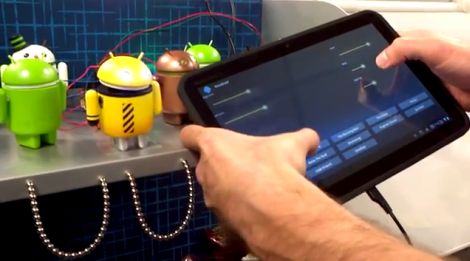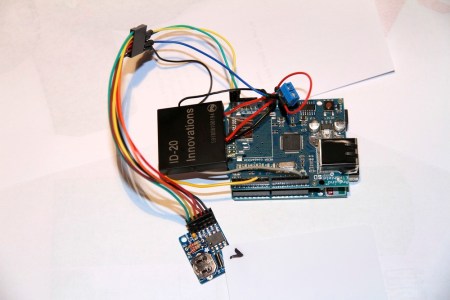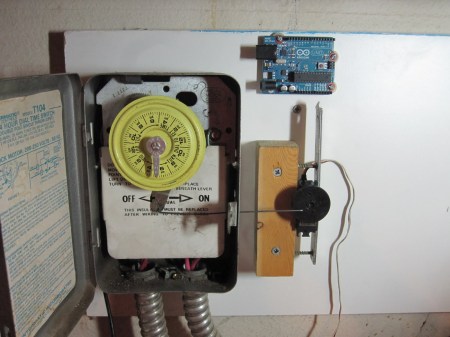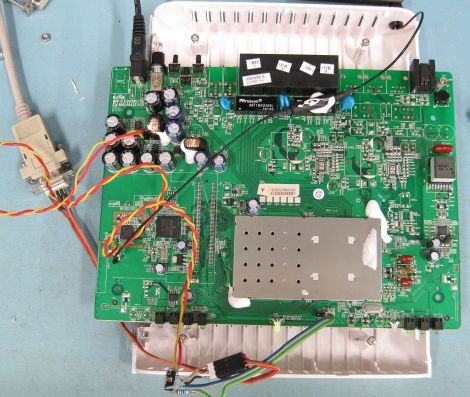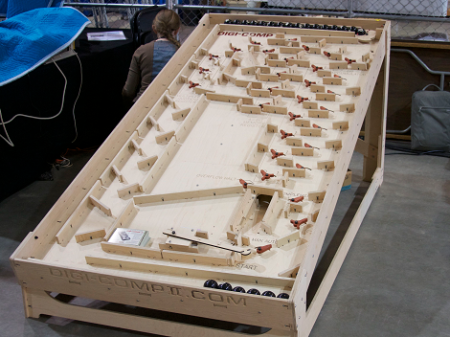
The folks at Evil Mad Scientist Labs just put up a post on the giant mechanical binary computer they brought to last month’s Maker Faire.
As a faithful reproduction of the Digi-Comp II from the 1960s, every operation is powered by balls falling onto levers. Unlike the original, the larger version is powered by billiard balls instead of half-inch marbles. The Digi-Comp II is able to count, add, subtract, multiply, divide, get the 1s or 2s complement and zero all of it’s bits. With a 7-bit accumulator, the Digi-Comp II is able to calculate anything where the result is less than 127, so we wouldn’t recommend doing your taxes on it. In the demo video, it took the Digi-Comp II about two minutes and twenty seconds to multiply 3 by 13. We’re not going to venture a guess on the equivalent seconds per cycle for an electronic calculator, but it’s an impressive build
The Digi-Comp II is a great way to show the process of binary arithmetic in a computer and we were wondering why there aren’t any educational toys like the Digi-Comp II out today. A site linked from the build page tells us there will be kits available this summer, we’re hoping the kit doesn’t fill the bed of a pickup truck.
Check out the video after the break for the multiplication demo.
Continue reading “Gigantic Ball-manipulating Binary Computer”


